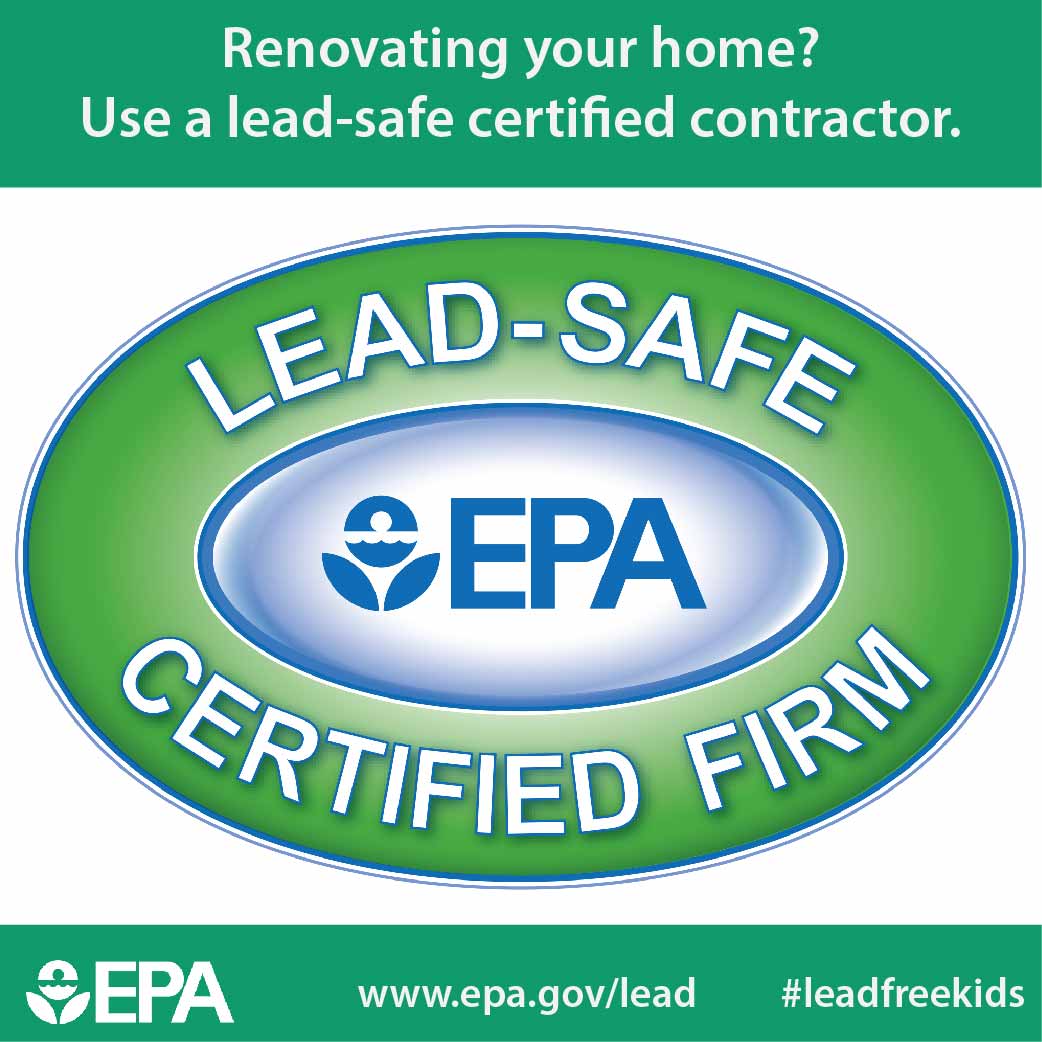Key Seasonal Considerations For Commercial Exterior Paint: What You Required To Be Enlightened Concerning
Key Seasonal Considerations For Commercial Exterior Paint: What You Required To Be Enlightened Concerning
Blog Article
Created By-Burnham Celik
When you're preparing a commercial external painting task, seasonal factors can make or break your outcomes. You'll wish to take into consideration exactly how temperature level and humidity impact paint application and drying times. Selecting the right season can ensure your paint sticks properly and lasts longer. However which periods are really the very best for this type of job? Let's discover the crucial elements that can affect your task's success.
The Effect of Temperature on Paint Application
When you're intending an industrial outside paint task, the temperature can considerably influence how well the paint sticks and dries.
Ideally, you wish to paint when temperature levels vary in between 50 ° F and 85 ° F. If it's too cool, the paint might not heal appropriately, bring about concerns like peeling or splitting.
On the other side, if it's as well warm, the paint can dry out also quickly, avoiding correct attachment and causing an unequal coating.
You ought to likewise think about the time of day; morning or late afternoon provides cooler temperature levels, which can be much more desirable.
Constantly inspect the maker's recommendations for the particular paint you're making use of, as they typically offer assistance on the ideal temperature range for optimum outcomes.
Moisture and Its Result on Drying Times
Temperature level isn't the only environmental variable that affects your business exterior painting job; humidity plays a considerable function as well. High humidity degrees can reduce drying times substantially, affecting the overall top quality of your paint job.
When the air is filled with wetness, the paint takes longer to cure, which can cause problems like inadequate attachment and a higher risk of mildew development. If you're repainting on a particularly moist day, be gotten ready for extended wait times between layers.
It's critical to check regional weather and plan appropriately. Ideally, aim for moisture degrees in between 40% and 70% for optimum drying out.
Maintaining these factors in mind guarantees your project remains on track and delivers an enduring finish.
Best Seasons for Commercial Outside Painting Projects
What's the most effective season for your business outside painting jobs?
Spring and very early autumn are typically your best bets. Throughout these periods, temperatures are light, and moisture levels are frequently reduced, producing suitable conditions for paint application and drying out.
Stay paint ceiling the same color as walls of summer's intense heat, which can create paint to dry as well quickly, leading to inadequate attachment and coating. Likewise, winter season's chilly temperature levels can prevent proper drying and treating, running the risk of the durability of your paint job.
Aim for days with temperature levels in between 50 ° F and 85 ° F for optimum results. Keep in mind to check the local weather forecast for rainfall, as wet problems can spoil your job.
Planning around these elements guarantees your paint task runs smoothly and lasts longer.
Verdict
To conclude, intending your commercial external paint jobs around seasonal considerations can make a considerable distinction in the end result. By organizing work during the suitable temperature levels and humidity degrees, you'll make sure better bond and drying out times. Remember to keep an eye on local weather prediction and pick the right time of year-- springtime and early autumn are your best bets. Taking removing paint from carpet will certainly help you attain a durable and specialist coating that lasts.
